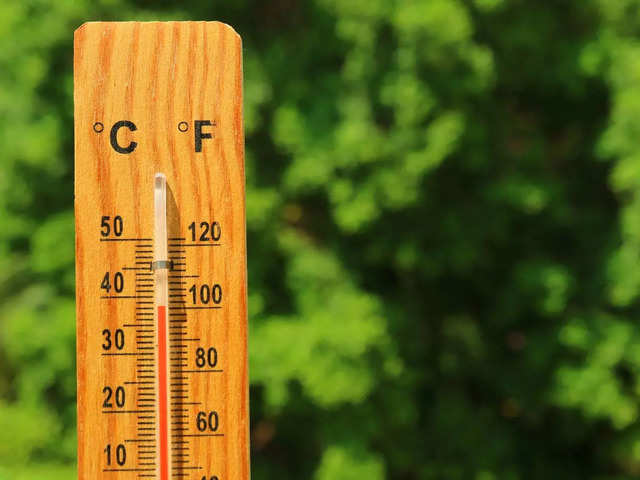
The brand is working on ensuring its future products have the minimal impact on the environmentL’Oréal
Green Chemistry is part of Green Sciences, it ensures a sustainable transformation of biomass into ingredients
Apr 1, 2021, 10:00 IST
brands
Here’s how L’Oréal is using Green Sciences to make its products more sustainable
Apr 1, 2021, 10:00 IST
Green Chemistry is part of Green Sciences, it ensures a sustainable transformation of biomass into ingredients
- L’Oréal is on a green mission, that of ensuring that by 2030, 95% of its ingredients will be derived from renewable sources.
- Today, 80% of the group’s raw materials are easily biodegradable, 59% are renewable, 34% are natural or of natural origin.
Laurent Gilbert , DirectorSustainable Innovation at L’Oréal shares how the international personal care company is going about ensuring it minimizes its impact on the environment.
The Group aims to draw on recent advances in
So what exactly is Green Chemistry? It is a concept developed in the US in 1998 by chemists Paul Anastas and John Warner that draws on 12 principles based on sustainability values to practice a type of chemistry that respects the social, environmental and economic balance of the environment in which it is used. ‘Green Chemistry is part of Green Sciences in the sense that it ensures a sustainable transformation of biomass into ingredients,’ describes the brand in a release.
While speaking recently at L’Oréal Transparency Summit, Laurent Gilbert, Director Sustainable Innovation at L’Oréal said, “Today, we are absolutely convinced of the need to change. We have decided to make a cosmetic transition, which means a profound transformation in the way we are creating beauty products. We are doing this also because our consumers are changing, they are aspiring to more naturalness in products and less chemistry. They want to use products that are safe.”
Speaking about how the brand is going towards achieving this goal, Gilbert added, “To do this, we will use a set of disciplines that we call Green Sciences which is based on environmental and living sciences. We will use this discipline to extract the best from nature and to develop formulas from renewable ingredients.”
L’Oréal started thinking about sustainability and started to build innovations around making their products greener around 25 years back. And today, along with 95% of its ingredients being derived from renewable plant sources, the group is also making 100% of their formulas respectful of the aquatic environment.
On how ambitious an effort this is, Gilbert explained, “It is a very ambitious goal. Three quarters of the ingredients we are using is not petrochemical today and we want to push this percentage. We now want to go one step further. By using the formulas and green sciences, we will make sure we are not contributing to temperature increase. We will make sure that we use water in a responsible way, preserve biodiversity and really put our activity within the circular economy, which is all about doing more with less.”
The group aims to put a lot of thought to the entire journey of the product, from the design stage to the end of its life. “We want to minimize the environmental impact of our products. So we will focus on creating formulas are compatible with the ecosystem and look at recyclable packaging,” he added.
The organization has developed a program which is addressing every step of the value chain of its products which includes sustainable agriculture to the production of the basic product materials. The group’s aim is to ensure that by 2030, 95% of its ingredients are bio-sourced, derived from abundant minerals or circular processes, with 100% of its formulas assessed using its environmental test platform to ensure they do no harm to the diversity of coastal and freshwater aquatic ecosystem.
INSIDER INTELLIGENCE REPORTS







